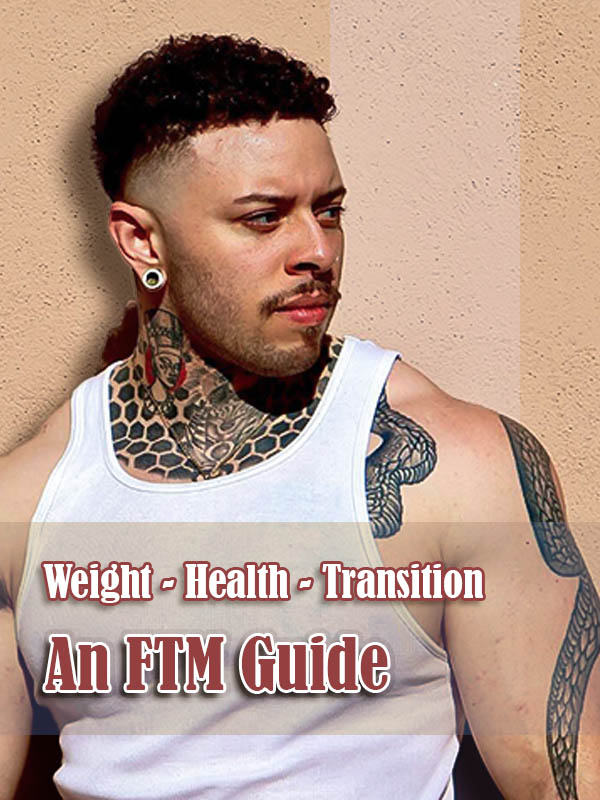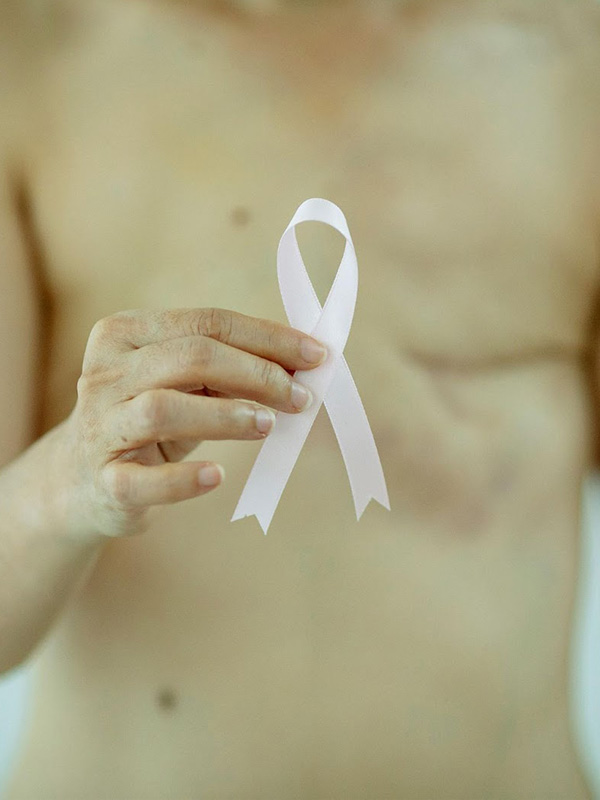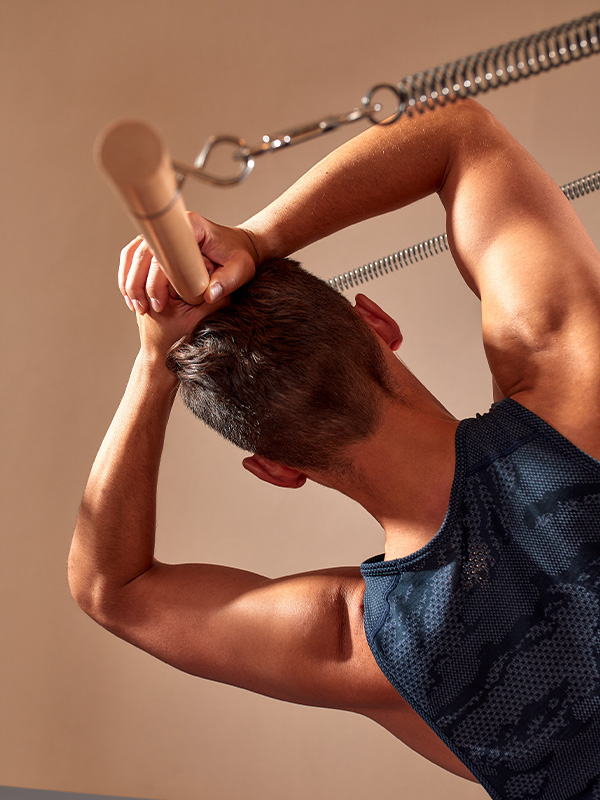7 Essential Health Tips Every Trans Man Needs to Know

You know what they say: your health is your wealth. So, it is crucial to explore the unique health challenges Trans men will face in transition. This will help you understand your body and healthcare needs.
All hope is not lost. Today, gender-affirming healthcare can help you be proud of who you are. Products, hormones, and surgery can ease your transition stress.
The first step to self-care is knowing that Trans-inclusive health services exist. They can help you meet your health goals. These healthcare options are Trans-inclusive. They aim for fair, quality care for all, especially for you, a Trans man.
1. Routine and Medical Care and Screenings
These include check-ups such as;
a) Regular check-ups: Blood pressure
Hormone therapy may affect blood pressure in transgender men and women. This is in contrast to the general population.

Stress from discrimination, lifestyle, and medications can also affect your blood pressure. So, your healthcare will always check your blood pressure before and after transitioning. Checking blood pressure regularly is essential as high blood pressure presents no symptoms.
● Cholesterol
Heart and overall health care will include tests, like cholesterol levels.
● Diabetes
As your blood pressure and diabetes check-ups ensure your risk for diabetes. We will check your diabetes risk. We will analyze your blood pressure, weight, and lifestyle.
● Musculoskeletal health screenings
If you have been on HRT for more than ten years, at age 50, you will be screened for musculoskeletal health. If you have had short testosterone doses for limited periods, screening begins at 60.
b) Cancer Screenings
If you are on testosterone and have amenorrhea, tell your provider. Screenings for cervical, ovarian, and breast cancer are crucial.

Note that frequent screening for ovarian cancer is not recommended for any group. Additionally, screening for endometrial cancer is not approved.
If you have breast tissue and it was removed, you can still get breast cancer screening every two years.
c) Trans-Friendly Healthcare Services
The Trans Men Health Screening Recommendations suggest finding healthcare providers who:
Train all staff annually about affirming care. This should ensure that providers always ask questions underpinning inclusivity and quality care.
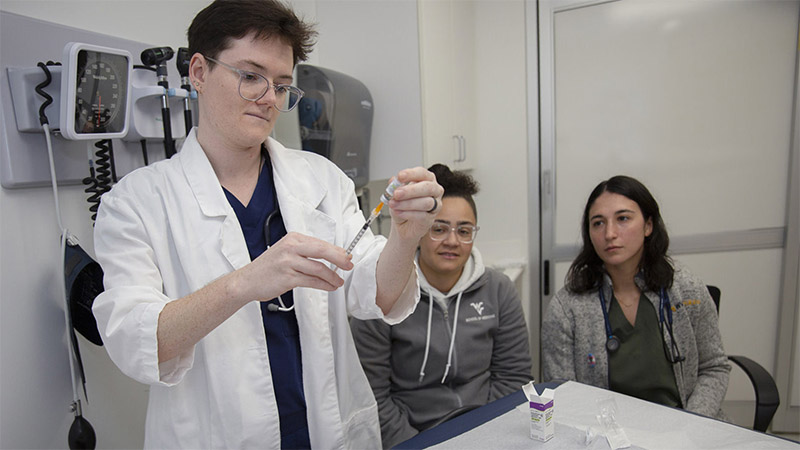
Healthcare services should update their non-discrimination policies. It should include gender identity and expression.
Healthcare providers must review policies to protect LGBTQ patients’ privacy. Also, when taking Trans men’s sexual history, encourage risk reduction in your questions.
Always be on the lookout for patient body language and facial gestures.
2. Hormone Replacement Therapy (HRT)
Another essential health requirement you will encounter is hormone therapy. In hormone therapy, healthcare providers will give you the hormone testosterone.
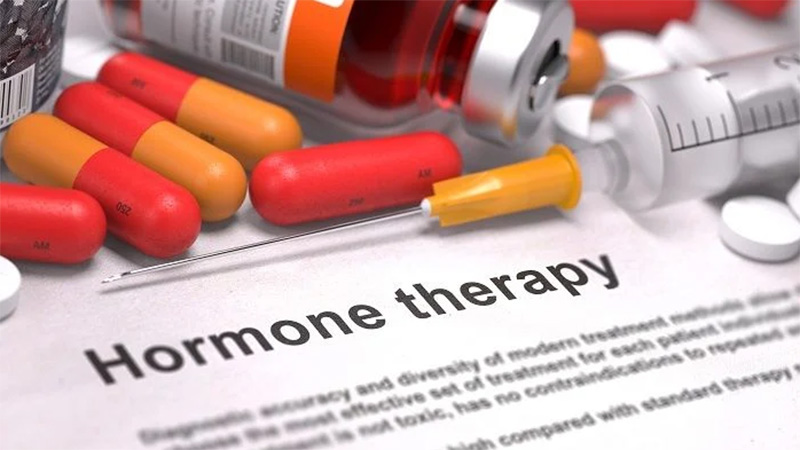
It is a masculinizing hormone. It halts your menstrual cycle and reduces your ovaries’ ability to release estrogen.
a) The Benefits of HRT Include
● A more masculine appearance.
● Your voice will deepen in 3-12 months after starting HRT.
● Your body hair and facial hair will become more lush after 3-6 months of treatment.
● The clitoris becomes enlarged as your vaginal wall becomes drier. Full effect takes two years.
● Expect some muscle bulking and your body strength to increase. This happens in at least six months.
● The menstruation cycle halted in about 2-6 months.
● Your body will have less weight as it is distributed in the body. This sets the pace for muscle bulking.
b) Risks
● You will feel discomfort in the clitoris as it changes in size
● Drying and thinning of the vagina
● Body flushes and night sweats are common at night.
These resolve over time. Speak to your healthcare provider on any body-related discomfort.
C) Safe Hormone Use Doses and Delivery Methods
Managing expectations during the transition;
You will start with a low dose HRT being prescribed to you. Over time, the healthcare provider will increase your dosage. It can be given via an injection or shot, through a gel or patch on the skin.
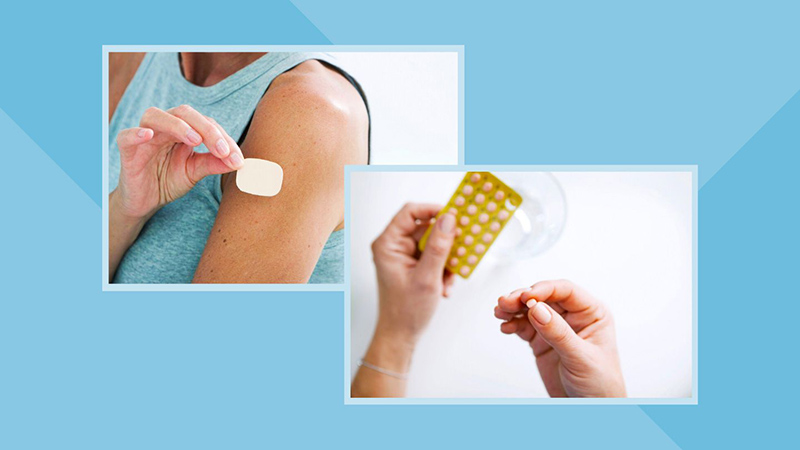
Other times, testosterone pellets placed under the skin work, too. A combination of injection and capsule twice daily also works
3. Sexual and Reproductive Health
You must notice how your body reacts to testosterone. This will help you understand changes in sexual function and libido. For one, you may have a high sex drive as the clitoris enlarges.
The hormone testosterone may also make you sexually ramped up, but not for everyone. Always discuss your sexual and reproductive health goals with your provider.
a) Safer Sex Practice STIs, PrEP, and PEP
Safer sex practices are part of the health umbrella for Trans men. Get to know your status as it pertains to;

● STIs and Hepatitis Screening
You must be tested clinically. It will check your history of multiple partners. This will help you understand STIs and the community’s predisposition to them.
You will need more frequent screenings if you have multiple partners. You will need to be tested for chlamydia and gonorrhea annually. You will test for syphilis and hepatitis C.
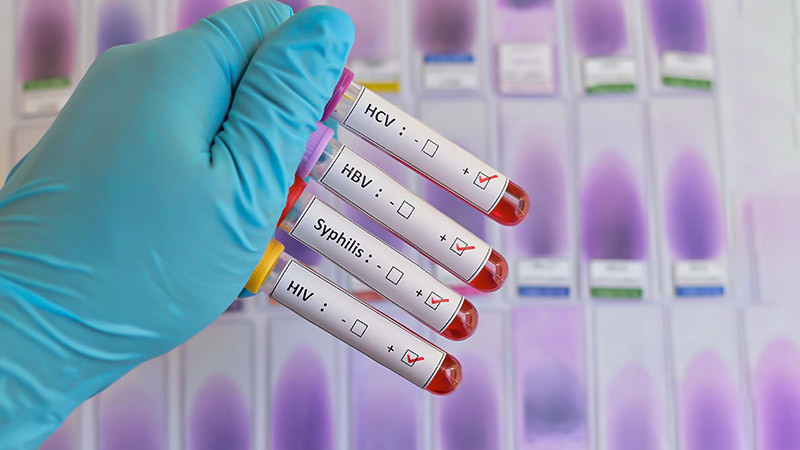
● HIV Testing
In this case, you will be given the leeway to a voluntary HIV testing medical assessment. You should be informed that the test will be performed (voluntary) unless you do not want to. Still knowing your status is the best in taking charge about your sexual life.
● Pre-Exposure Prophylaxis (PrEP) for Hiv
You have a high risk of HIV exposure through sex and drug use injection. You take these to prevent exposure to HIV
● PEP
After sexual interactions with high-risk individuals, use PEP. It can help protect your health.
b) Family Planning and Pregnancy Consideration
Use condoms to prevent unwanted sexual pregnancy. Additionally, contraceptives such as the pill are an option. The good news is, your provider will help you assess your desire to become pregnant.
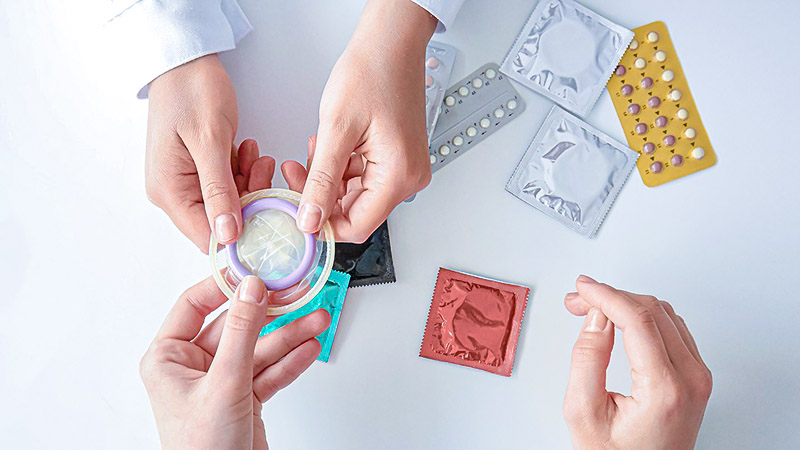
HRT may affect your fertility, especially with long-term treatment. Options such as egg freezing, embryo freezing, and ovarian tissue cryopreservation.
4. Mental and Emotional Health Support
a) Coping with Gender Dysphoria and Body Image
Negative thoughts about your body and identity may hurt you. While waiting for surgery or HRT, use binders or packers. They are gender-affirming products that help you feel more masculine.

As your body undergoes intense changes, be compassionate and empathize with yourself.
b) Support Systems: Therapy, Support Groups, And Communities
You will need therapy and outside support. They are invaluable as you navigate the complex task of knowing yourself as a Trans man.
Therapy is essential as it will help you. For instance, gender-affirming treatment can help you cope better. It is good for your mental and emotional health. You will discuss issues like shame, depression, anxiety, and social stigma. You’ll also address challenges you faced during your transition.

Support groups, like Transgender support and community groups, can help. They will try to humanize your pain. You will meet Trans men and other Trans people. They will gladly share their experiences with you.
You will feel included, heard, and noticed. It will be a relief. You will need a sense of belonging during the transition.
c) Navigating Relationship Dynamics and Abusive Situations
A myth exists: the more ‘masculine’ you are in a relationship, the more likely you are to be the abuser. You must wise up about yourself and take care of yourself privately and publicly. Not everyone will understand your plight.

Domestic abuse against Trans people can occur in any relationship, romantic or sexual.
Your partner may be apprehensive, confused, or surprised about your identity and changes. But, that is no reason for anyone to be violent toward you.
As a result, stay with supportive individuals who can help you feel safe and a sense of belonging. Trans hotlines are available 24/7. They can help you report violent or unsafe situations.
5. Safe Physical Transitioning: Binding and Surgery
a) Safe Binding Tip
The safe physical transitioning tip is the use of a binder. A binder is a tape made from skin- comfortable material to help you compress your chest. As a result, you achieve the desirable flattened masculine chest.

Bind safely by;
● Ensuring that your binder fits correctly and accurately. This means checking and wearing the correct size binder and doing so correctly.
● Do not use duct or any other plastic tape, gaff or bandage to bind to avoid tissue injury. In this case, buy binders from renowned companies.
● Only bind for about 8 hours to avoid skin and tissue injury. Alternatively, you can take bathroom breaks to remove your binder for about ten minutes to stretch your muscles.
● Exercising while binding is not recommended. If you always need a larger binder for cardio and swimming, you want to maintain your breathing.
● Surgery options (top surgery and hysterectomy)
b) Surgery Options (Top Surgery and Hysterectomy)
Top surgery options will allow you to remove your breast tissue permanently. Also called chest feminization, your nipples will be reshaped.

Top surgery has two types. One is a double incision mastectomy. In it, the surgeon will remove large amounts of breast tissue. Keyhole top surgery occurs in people with small breast tissue and limited skin.
Hysterectomy, where your uterus is removed surgically, is another option. This way your reproductive choices are limited. Your provider will explain the risks and benefits of hysterectomy for a trans man.
b) Healing and Aftercare Tips
Healing and aftercare tips should include;
● You will limit heavy weight, pushing, lifting, or pulling to ensure the body recovers fully.
● After surgery, you will get a compression garment or vest. It will prevent bleeding and fluid buildup.
● Always clean the body parts with a sponge until the doctor gives you the go-ahead to shower or bathe.
Remember that the goal is to heal well and in a safe space. So patience is key.
6. Building Healthy Lifestyles: Diet, Exercise and Lifestyle
Your health is hinged on diet, exercise and lifestyle. So make it worthwhile by;
a) Balanced Nutrition and Exercise During the Transition
Starting HRT will make you wonder about your weight, measurements, and muscles. You’ll be stuck between nutrition and HRT.

It is best to follow nutrition advice for your body. It will help meet your energy, protein, and nutrient needs.
Eat a balanced diet, including carbohydrates, proteins, and vegetables. Pay attention to nuts and seeds or a protein-rich diet to maintain your muscles.
b) Avoid Excessively Processed Foods That Are Modified in Any Form
Drink a lot of water instead of opting for surgery drinks to keep yourself hydrated.
c) Avoid Smoking, Alcohol Use, And Drug Use
Avoid smoking as it has poor health outcomes on the skin and overall health. It also predisposes you to health problems.
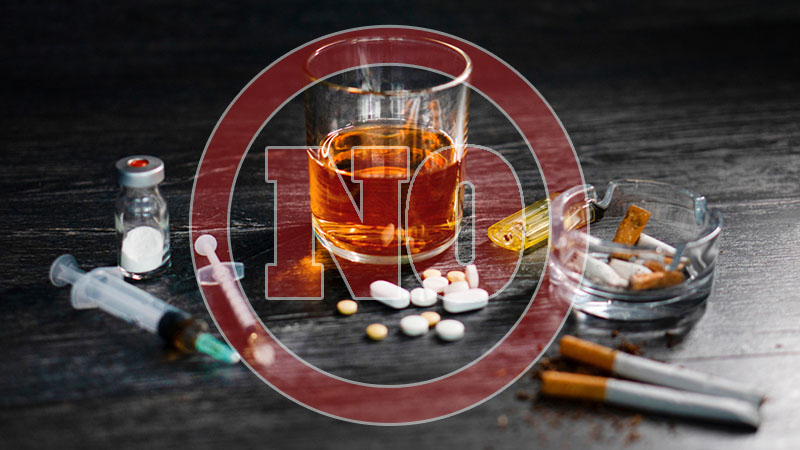
Always limit alcohol use. The NIAAA says that, for women, the daily limit for alcohol is one drink. For men, it is two drinks.
In other words, drinking less is better for your health compared to more alcohol intake.
The American Addiction Center says 25 million trans people have anxiety from minority stress. Due to family rejection, substance use may suffice.
Transgender people use tobacco at a higher rate than the general population. Please share your concerns with your healthcare provider. They can give you better guidance on use as you transition.
d) Building Resilience and Emotional Well-Being
How you talk to yourself directly correlates to your mental health and well-being. Take yourself slow. Understand that transitioning, binding, and feeling gender dysphoria are common among Trans people.

do self care routines to keep yourself afloat. Take care of your skin and body to increase self-love. Exercise to keep your happy hormones and avoid drug use if it affects your mental health.
Seek help and support from loved ones and family members. Be part of Trans community groups where your voice can be heard.
7. Legal Resources and Social Support
Legal resources and social support should look like;
a) Accessing Trans Inclusive Healthcare and Legal Services
Take up space and access Trans inclusive healthcare services and legal services. Use healthcare facilities that treat you with respect, not your identity. Lastly, good trans-inclusive healthcare is patient-centered.
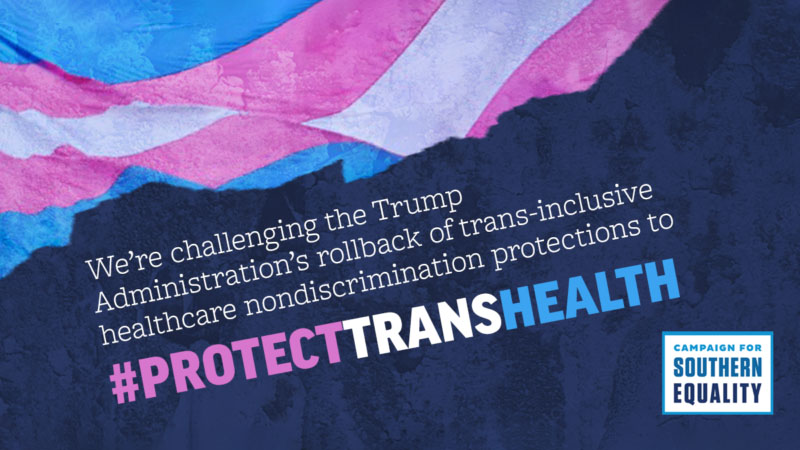
b) Navigating Name and Other Gender Markers Changes
Use the legal system to have gender markers changed. Legal gender recognition lets you change your gender and name on official documents.

For example, the Advocates for Trans Equality will allow changes to your driver’s license and birth certificate. In 2018, the Inter-American Court of Human Rights ruled that LGR is protected by the Human Rights Convention.
c) Support Groups and Helplines
Support groups for Trans men and helpline groups are always one call away. Today, many online and offline groups support Transgender people in their transitions.
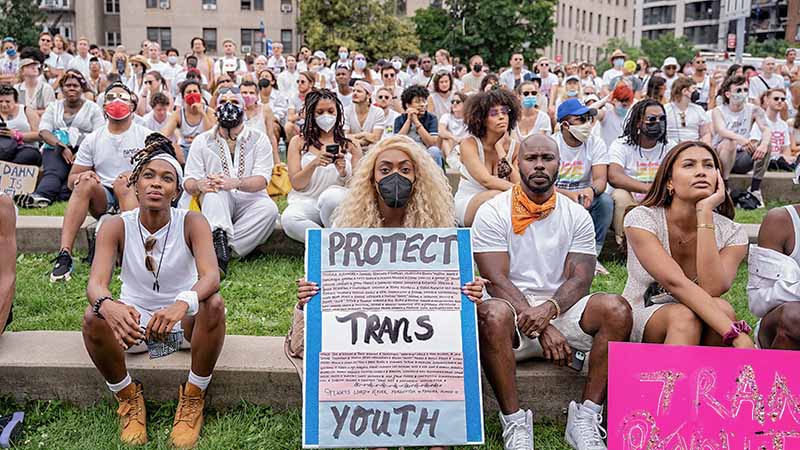
Consider the Transgender Law Center. It will educate you on Trans laws and policies.
This helps you know your rights as a Trans person. You need them to navigate jobs, healthcare, housing, and immigration.
Conclusion
It’s important for most Trans men to know their health goals. They should then take deliberate steps to achieve them. Your mind is evolving, and your body is changing. So, some of your healthcare needs will change and need reinforcement.
Regular STI and some cancer screenings will help you navigate transition. Surgery can permanently reduce your gender dysphoria, but it has risks.
Trans-friendly healthcare services are a win for you, Transman. They are patient-centered. They focus on you as a person, not your gender markers.

 Basic Packers
Basic Packers Pack & Play
Pack & Play STP
STP